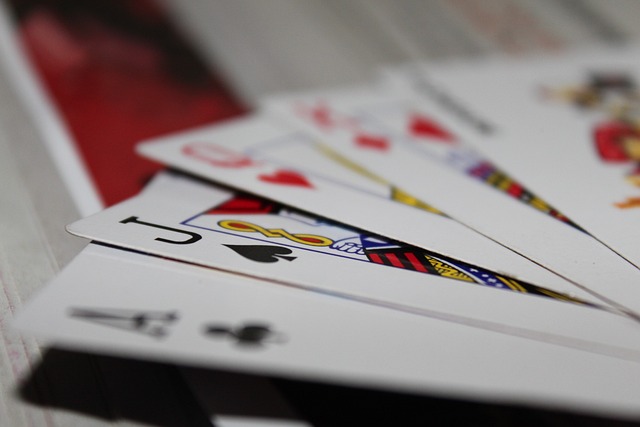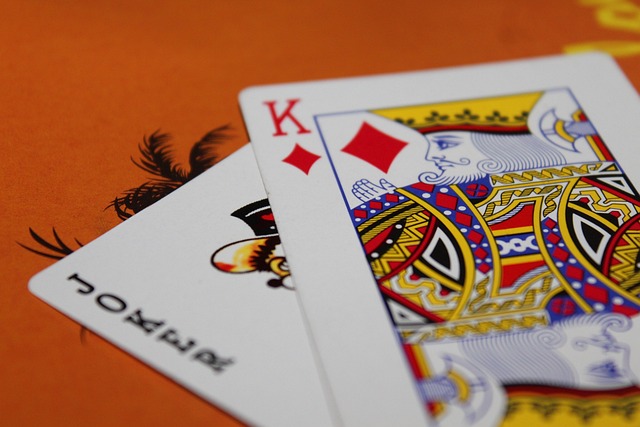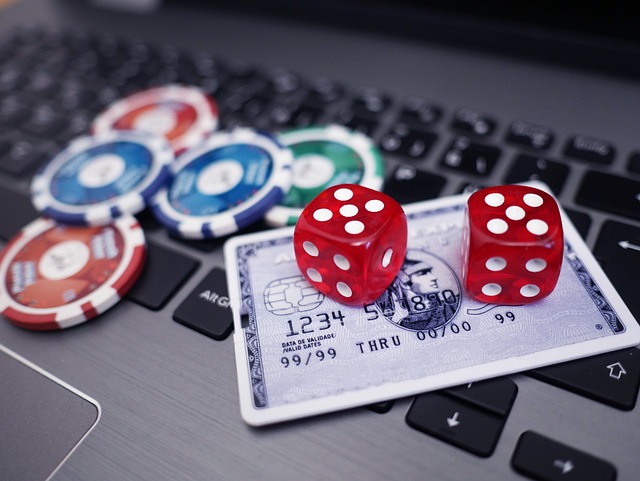Wearable technology is rapidly becoming a part of everyday life, from fitness tracking to hands-free communication. As these devices grow more powerful and connected, one intriguing question arises: Will wearables become the next big platform for gambling? With advancements in smartwatches, augmented reality (AR) glasses, and even neural interfaces, the idea of placing bets or spinning slots without touching a traditional screen is no longer science fiction.
The gambling industry has always been quick to embrace new technologies. Online casinos, mobile apps, and even virtual reality have already made significant inroads. Wearables offer the potential to push the boundaries further—introducing gambling experiences that are more immersive, real-time, and personalized than ever before.
While the concept is still in its early stages, the implications are vast. Let’s examine the possibilities, current developments, and challenges surrounding gambling through wearable devices.
How Wearables Can Enable Gambling
Wearables include a range of devices like smartwatches, AR glasses, fitness trackers, and even smart rings. These gadgets are increasingly equipped with high-speed connectivity, biometric sensors, and responsive touch or voice interfaces. When paired with mobile apps or cloud-based platforms, they become potential tools for real-time interaction with gambling systems.
Here’s how gambling might function on wearables:
- Smartwatch gambling apps: Players could place bets on sports, play roulette, or track poker hands through compact watch interfaces.
- AR casino experiences: Glasses like Apple Vision Pro or Meta Quest could overlay slot machines or card tables into the physical world.
- Gesture or voice-controlled betting: Using wearables to place bets without pressing buttons—ideal for multitasking or hands-free environments.
- Health-based gaming: Integrating biometrics (like heart rate or stress levels) to influence in-game rewards or bonus features.
This integration would allow gambling to become more on-the-go and context-aware, blending seamlessly into daily life while offering real-time access to odds, games, and winnings.
Advantages of Gambling with Wearables

The shift toward wearable-based gambling could unlock several benefits for both players and operators. These devices are not just about convenience—they open doors to new levels of engagement.
1. Ultra-Portability
Wearables are always on and within reach. Players can engage in quick gambling activities without needing to open a laptop or even reach for their phone.
2. Enhanced User Experience
With biometric feedback and intuitive controls, wearables offer smoother, more personalized gameplay. For example, a smartwatch might vibrate subtly during critical betting moments.
3. Real-Time Alerts and Updates
Receive immediate betting notifications, odds changes, or live event outcomes directly on your wrist or display glasses.
4. Gamified Fitness Integration
In the future, wearables might offer bonus spins or bets as rewards for hitting fitness goals, combining healthy behavior with entertainment.
5. Seamless Payments
Smart rings or watches already support NFC payments. These could be used to make instant deposits or claim winnings securely and efficiently.
Challenges and Concerns
Despite the potential, wearable gambling faces significant hurdles—both technological and regulatory. The idea may be exciting, but the road to mainstream adoption isn’t without obstacles.
1. Limited Screen Space
Smartwatches and similar wearables have very small displays, which can restrict gameplay complexity. Designing intuitive, satisfying games for these screens is a major challenge.
2. Regulatory Oversight
Gambling laws often lag behind tech trends. The integration of gambling features into wearables could raise privacy, age verification, and responsible gaming concerns.
3. Risk of Addiction
Wearables make gambling easier and more frequent. Constant accessibility may lead to impulsive behavior or exacerbate gambling disorders.
4. Security Issues
Storing sensitive financial and gaming data on wearable devices introduces new risks of hacking or unauthorized access.
5. Hardware Compatibility
Not all wearables are created equal. Developers would need to optimize for multiple platforms and devices, from Apple Watch to Android-based trackers.
What the Future Might Look Like

The wearable gambling landscape is still emerging, but several trends indicate where it might head in the coming years:
- Integration with Metaverse ecosystems: AR and VR glasses could offer full-scale casino floors that players enter from anywhere.
- Biometric-based features: Games that adapt to your mood or physical state using heart rate or motion sensors.
- Voice-driven casinos: Virtual dealers and assistants could respond to spoken commands for a hands-free experience.
- Augmented live betting: Imagine watching a live football game through AR glasses and placing bets with a flick of the wrist.
- Casino loyalty via wearables: Players might earn rewards tracked through daily interactions, fitness goals, or in-game achievements using wearable apps.
These innovations point toward a future where gambling isn’t confined to screens, but rather integrated into our bodies, routines, and environments.
Gambling with wearables might still be in its infancy, but the potential is undeniable. As devices become more powerful and user adoption grows, the line between entertainment and everyday life will blur. For online casinos and developers, now is the time to explore how wearable integration can create richer, more responsive gaming experiences.
For players, wearables may soon provide unprecedented freedom to bet, play, and win—anytime and anywhere. Whether this leads to responsible innovation or deeper regulatory challenges remains to be seen, but one thing is clear: the future of gambling may be worn, not held.
